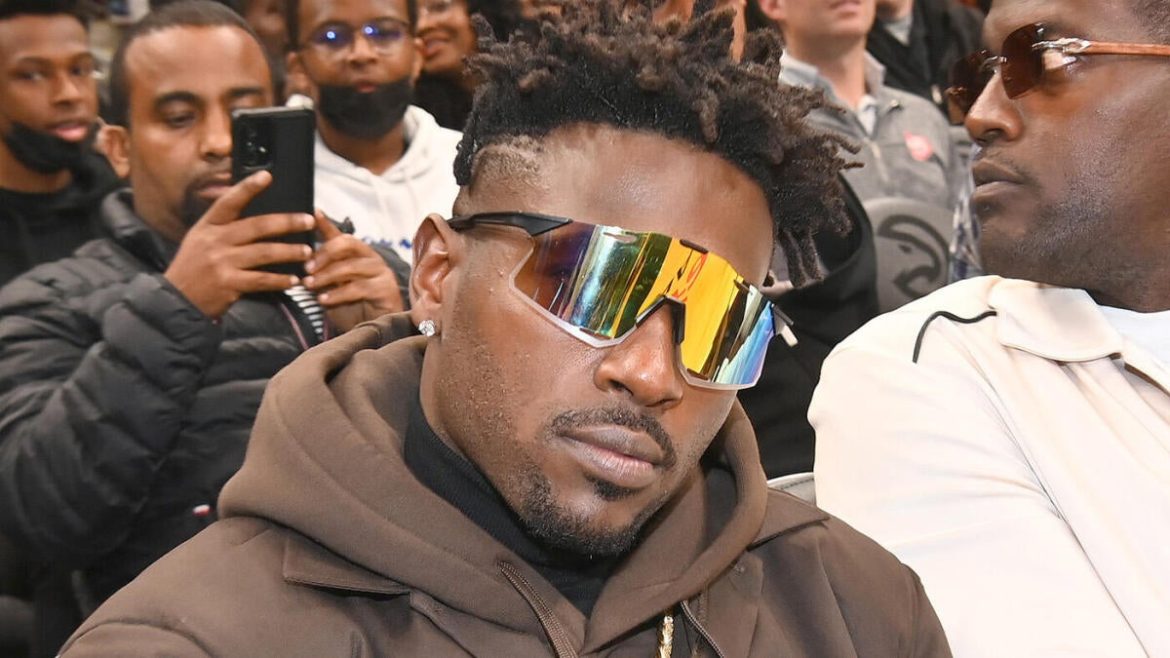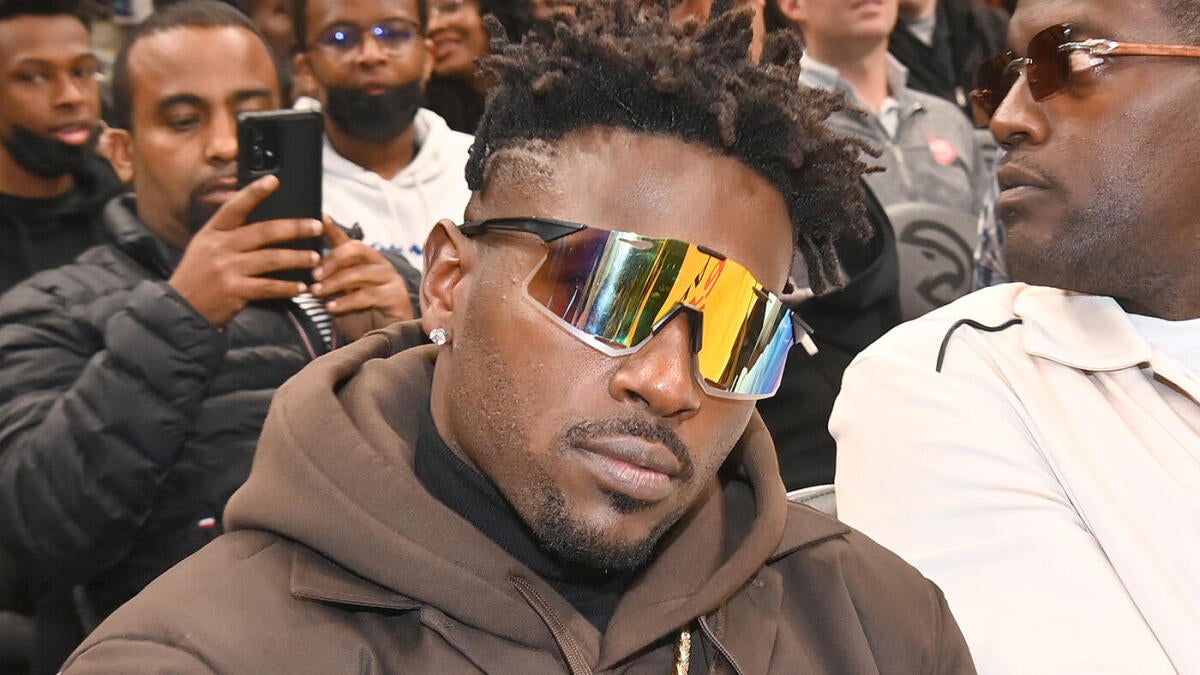Unpacking the Incident Involving Antonio Brown at the Miami Boxing Event
The recent chaotic event featuring former NFL star Antonio Brown has captured significant public attention, weaving together themes of violence, celebrity presence, and legal ambiguity. This analysis digs into the multiple facets of the incident, what transpired, and its broader implications.
—
Context and Chronology of Events
On a Friday night in Miami, during a celebrity boxing event hosted by internet personality Adin Ross, a violent altercation broke out involving Antonio Brown. According to multiple sources and video footage circulating on social media, Brown was unexpectedly confronted and physically attacked by several individuals. The situation escalated rapidly, with reports confirming gunshots fired during the melee.
Brown himself described being “jumped by multiple individuals who tried to steal my jewelry and cause physical harm to me,” underscoring the severity from his perspective. Despite the intensity, no injuries were reported. The Miami Police Department responded swiftly after receiving a ShotSpotter alert around 3 a.m., attending the scene, interviewing Brown, and briefly detaining him. Multiple videos depict Brown in handcuffs and engaged in the altercation, though police confirmed no arrests were made.
—
Analysis of Conflicting Reports and Public Perception
News outlets and social media posts relayed varying narratives surrounding Brown’s involvement and the aftermath. While some initial headlines suggested an arrest, Brown clarified on his social media channels that he was only temporarily detained and released the same night after providing his account to law enforcement. This distinction is critical in understanding the legal ramifications resting at the time of reporting.
Gunfire added a dramatic and dangerous dimension to the event, but details remain murky regarding who fired the shots and under what circumstances. Witness videos captured panicked reactions, including chants warning about the presence of a firearm. However, definitive attribution of gunfire remains unconfirmed.
Additionally, Brown attempted to contextualize his behavior, citing struggles potentially linked to Chronic Traumatic Encephalopathy (CTE), a brain condition affecting many former football players due to repeated head trauma. While CTE can only be diagnosed postmortem, this claim attempts to offer insight into his actions or emotional state. The mention of CTE highlights ongoing concerns about the long-term health and behavior of athletes transitioning from high-contact sports.
—
Legal and Social Implications
From a legal standpoint, the absence of arrests despite the severity of the brawl and gunfire illuminates challenges for law enforcement in high-profile, chaotic scenarios. Temporary detainment for statements and quick releases can protect the rights of individuals while investigations continue, but they also leave questions of accountability.
The incident underscores complexities faced by celebrities with public scrutiny tied to their personal lives. Brown, a figure known as much for his athletic prowess as for controversies off the field, now finds his persona entwined with yet another high-pressure confrontation in a public setting.
—
Wider Reflections on Celebrity Culture and Violence
This episode is emblematic of an intersection between celebrity culture, social media influence, and public safety risks. Celebrity-driven events like Adin Ross’ boxing matches often draw mixed crowds, including volatile elements. The convergence of social media broadcasters, celebrities, and large audiences can amplify tensions, sometimes culminating in violence.
Brown’s own response on social platforms and his plans to engage legal counsel to press charges against attackers demonstrate the modern interplay of personal narrative, digital communication, and legal maneuvering. This phenomenon exemplifies how public figures today rely heavily on social media to shape their stories, contest media narratives, and rally public support.
—
Conclusion: A Moment Reflective of Broader Issues
The altercation involving Antonio Brown is more than an isolated incident; it reflects ongoing struggles regarding athlete transitions, celebrity vulnerability, and challenges posed by public events populating online spaces. The intersectionality of violence, personal safety, legal processes, and mental health awareness emerges sharply.
Brown’s experience signals the need to better understand the pressures celebrities face and the often volatile environments associated with their public engagements. The events in Miami serve as a cautionary tale about security at high-profile shows and the unpredictable consequences when altercations intersect with firearms.
As investigations continue and public discourse unfolds, Brown’s plight will likely contribute to broader conversations about the intersection of fame, personal trauma, and societal safety in an age dominated by instant digital exposure.





